Please note: As we continue to learn more about COVID-19, the information in this article may change. You can find our most up-to-date information about coronavirus here.
With coronavirus (COVID-19) cases on the increase, many parents have to get their children tested for the virus. And while this may be a new and unfamiliar experience, there are things that you can do to prepare your child for a COVID-19 test that will help ease some of their potential fear and anxiety.
The nasopharyngeal swab COVID-19 test
Currently, there are two types of COVID-19 viral tests available. The nasopharyngeal swab test is the one many of us are most familiar with. During the test, a long thin Q-tip goes into the nose and back to the throat, gets twirled a couple of times and then comes out. The test is very quick — it takes 10 seconds or less. The test might feel uncomfortable and might make your child teary (even adults get teary, but it’s not related to crying), but it should not hurt.
Older children may be asked to keep their mask over their mouth while the test is being done. Younger children can sit on their parent’s lap and be held during the test to make sure they don’t move their head.
The saliva COVID-19 test
The second type of test currently available is a saliva test for detecting the COVID-19 virus. Several hospitals and testing sites have begun offering this test, which is less invasive than the nasopharyngeal swab but just as effective. The patient simply spits into a container, filling it about 1.5ml. The patient must be 5 years or older and cannot eat or drink for 30 minutes prior to the test, but there are no other restrictions.
Preparing your child for a COVID-19 test
No matter what kind of test your child gets, it’s important to talk to them about what will happen beforehand. A lot of anxiety is because of the unknown and informing children about what’s going to happen makes a huge difference.
- Explain what COVID-19 is. Make sure your child has a basic understanding of what COVID-19 is and why they need to be tested. Try using our COVID-19 FAQs for kids or our kid’s video guide to coronavirus to help them understand.
- Explain what your child will see at the testing site. Make sure your child understands that the person doing the test will be wearing full personal protective equipment, including a gown, gloves, mask and a face shield, so they’re not surprised or frightened when they go in for testing.
- Explain the testing process. Make sure your child realizes that both the nasopharyngeal and saliva tests are fast, painless procedures. Use the above information on the tests to describe the testing process to them beforehand. Be honest and tell your child that they may feel uncomfortable, but the test will be over very quickly.
- Practice the testing process. Younger kids may benefit from role-playing the coronavirus test at home with a stuffed animal or doll. Give them a Q-tip and pretend to put it in the doll’s nose. It’s also important to remain as still as possible for the nasopharyngeal test, so practice sitting like a statue at home, or sitting in your lap while you hug them and tilt their head back. If you know your child will be getting a saliva test, give them a little container to practice spitting in.
- Comfort your child during the test. It’s important that your child feels secure during the test, so be sure to sit beside them and hold their hand. You can also bring a light up toy or a tablet or phone to help distract them.
- Make plans for a special reward after the test. To give your child something to look forward to after the test, talk about a special reward like a small toy, candy or extra screen time.
When should a child get tested for COVID-19?
If you are concerned that your child is showing symptoms of COVID-19 or has been exposed to someone with COVID-19, call your pediatrician to ask about next steps.
Symptoms of COVID-19 can include:
- Fever or chills
- Cough
- Shortness of breath or difficulty breathing
- Fatigue
- Muscle or body aches
- Headache
- New loss of taste or smell
- Sore throat
- Congestion or runny nose
- Nausea or vomiting
- Diarrhea
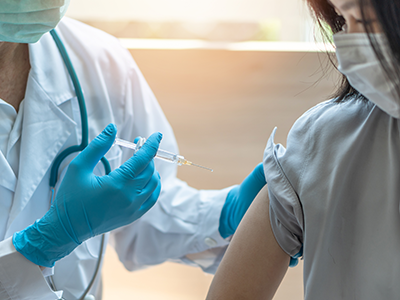 https://riseandshine.childrensnational.org/wp-content/uploads/2020/11/person-being-vaccinated-feature.png
300
400
Rise and Shine
https://riseandshine.childrensnational.org/wp-content/uploads/2017/11/childrens_riseandshine_logo.jpg
Rise and Shine2025-05-15 07:00:242025-05-23 10:39:33Answers to your questions about the COVID-19 vaccine and booster for children
https://riseandshine.childrensnational.org/wp-content/uploads/2020/11/person-being-vaccinated-feature.png
300
400
Rise and Shine
https://riseandshine.childrensnational.org/wp-content/uploads/2017/11/childrens_riseandshine_logo.jpg
Rise and Shine2025-05-15 07:00:242025-05-23 10:39:33Answers to your questions about the COVID-19 vaccine and booster for children




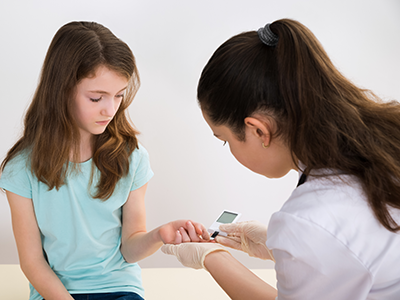
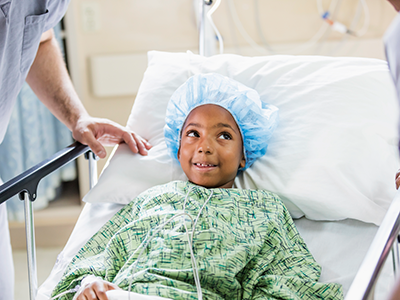
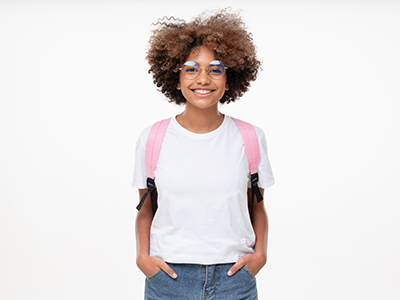
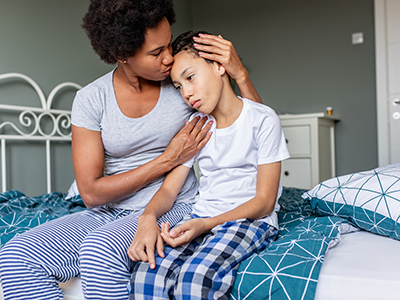
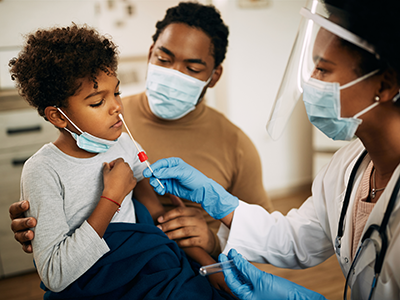
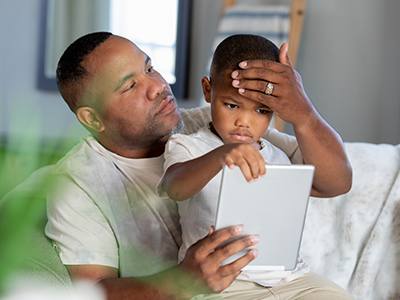
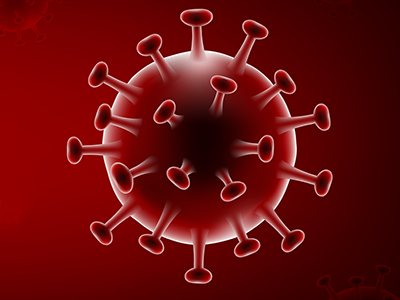
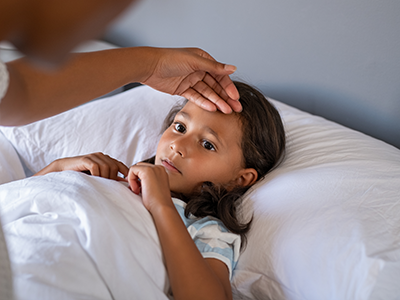
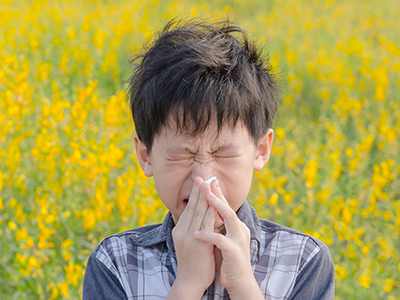

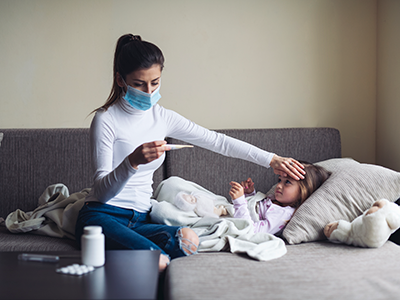
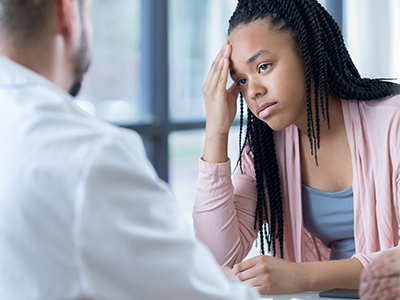
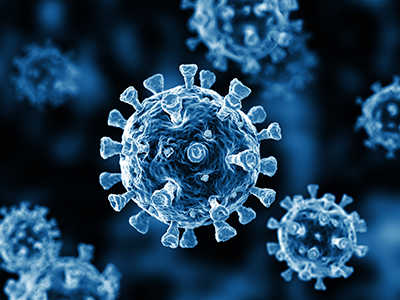
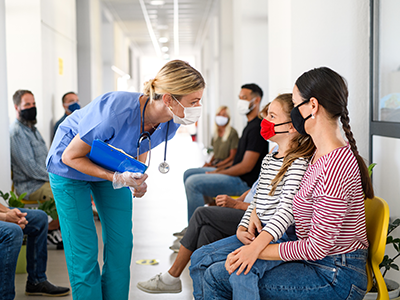
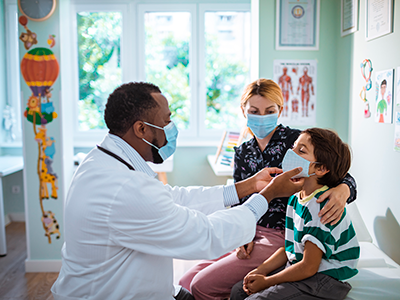
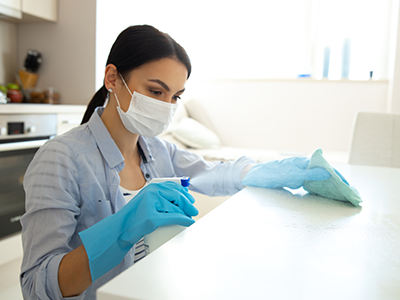
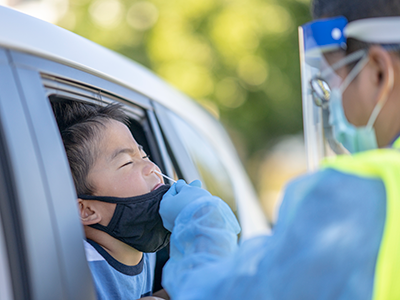
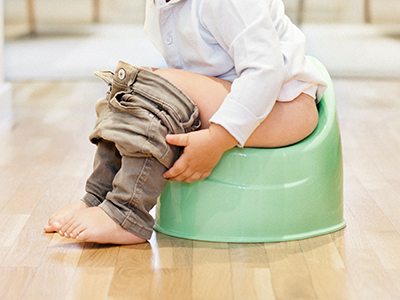
Leave a Comment
Want to join the discussion?Feel free to contribute!